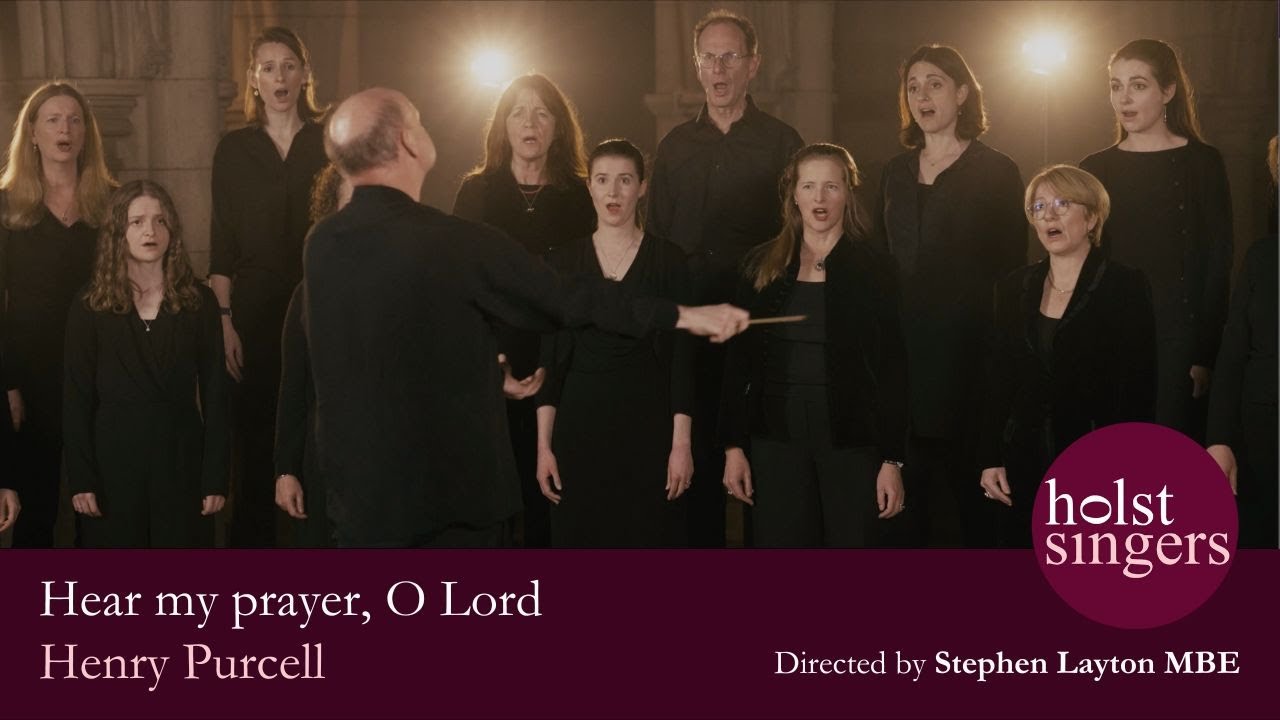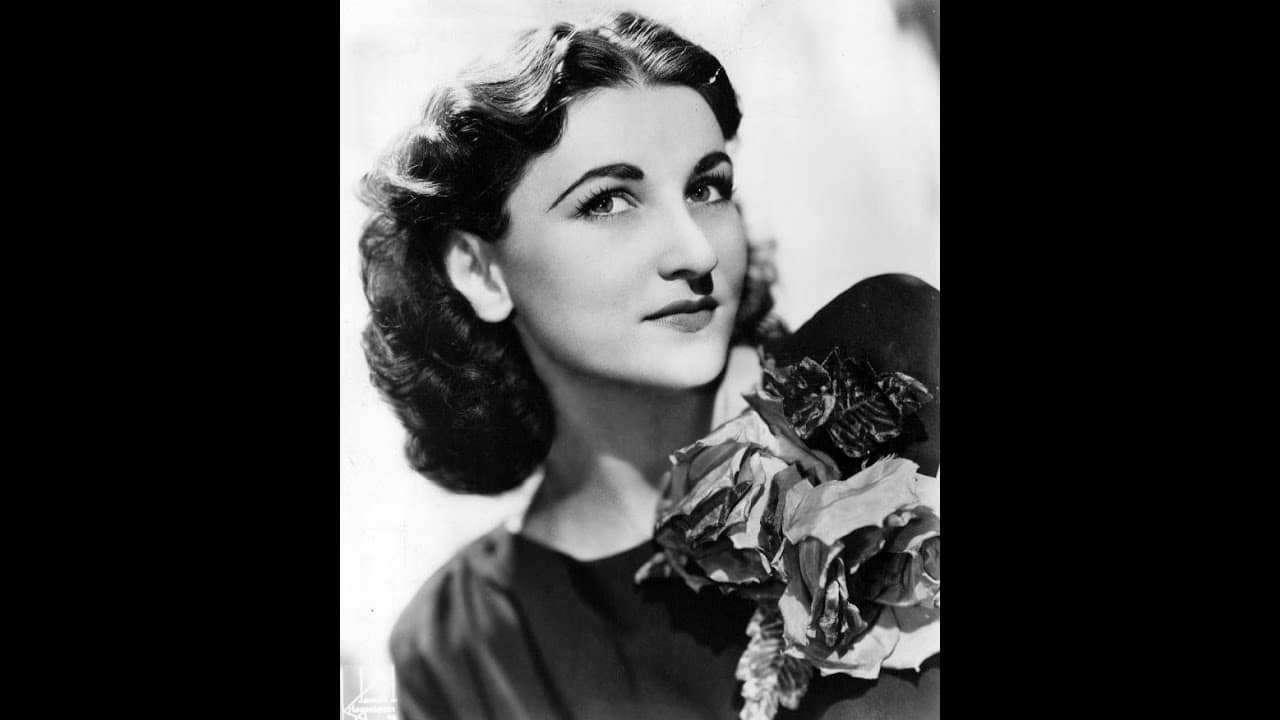Watch: Holst’s take on Purcell
Daily Comfort ZoneThe Holst Singers have a new video of Purcell’s Hear My Prayer. Too good not to share.

The Holst Singers have a new video of Purcell’s Hear My Prayer. Too good not to share.
The thoughtful American composer Richard Wernick died yesterday…

We have been informed by one of her…

We reported last month that two strings positions…

The Washington Examiner reports that next Tuesday’s celebration…

Session expired
Please log in again. The login page will open in a new tab. After logging in you can close it and return to this page.
Comments